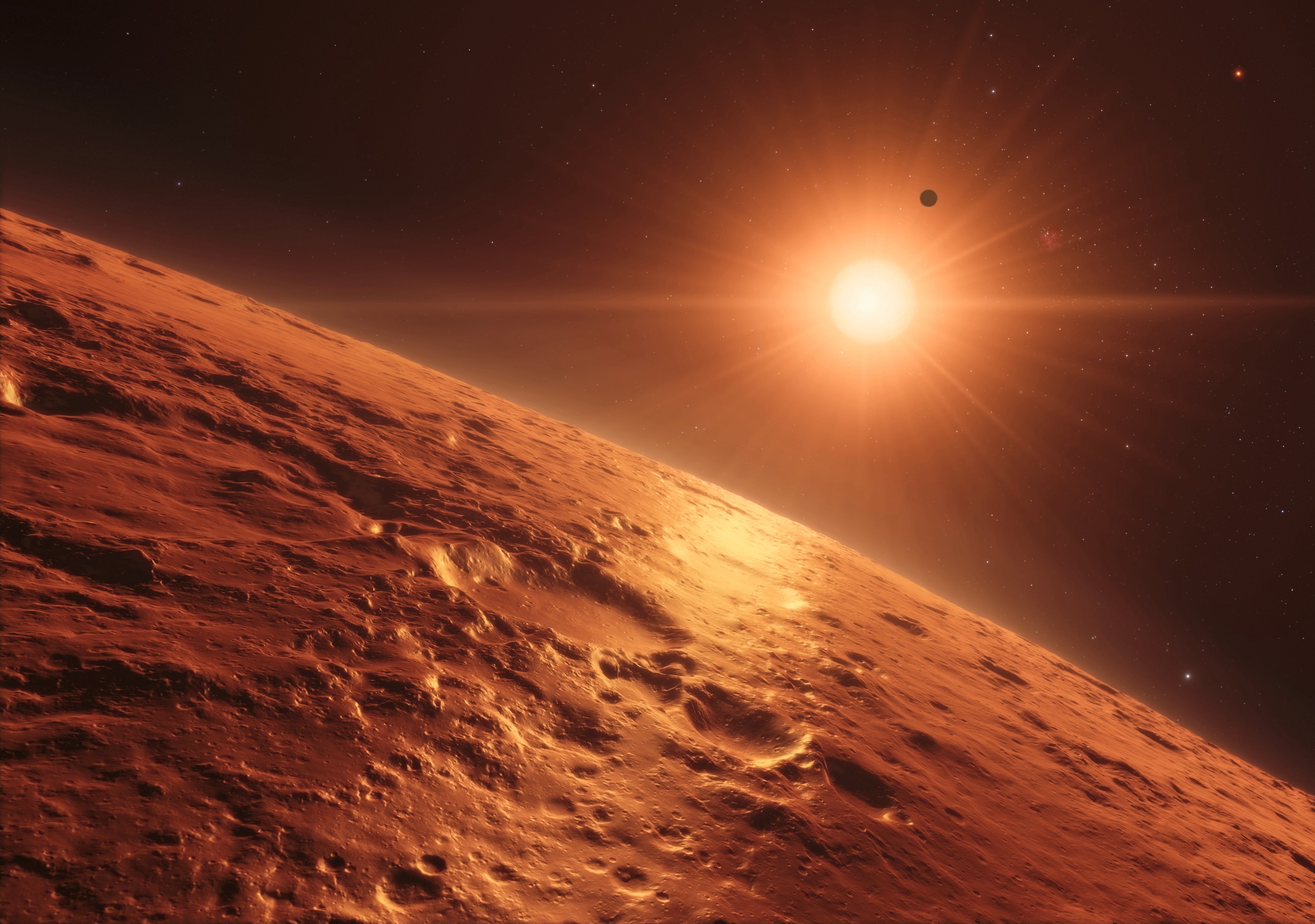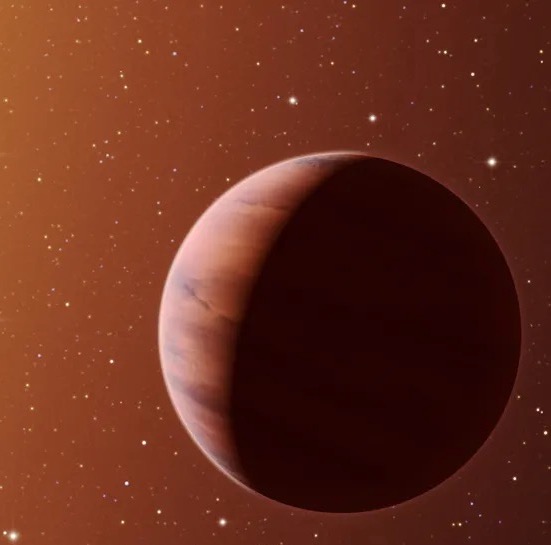Anjali A. A. Piette
I'm an Assistant Professor at the University of Birmingham.
My research aims to uncover the diversity of planetary physics among the exoplanet population. Thousands of exoplanets have been discovered in the past three decades, encompassing a staggering range of conditions - from lava worlds to temperate mini-Neptunes and hot, giant planets.
I uncover new insights into these distant worlds by using their atmospheres as windows into their climates, compositions and formation mechanisms. I place empirical constraints on these planets using theoretical models and atmospheric observations from telescopes such as the James Webb Space Telescope.



